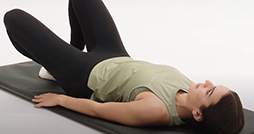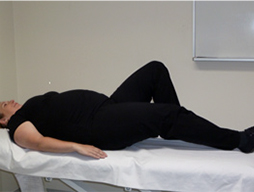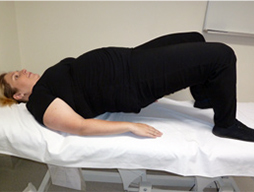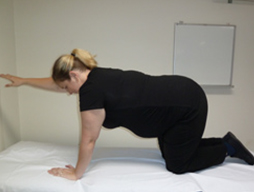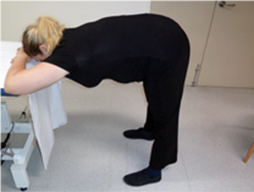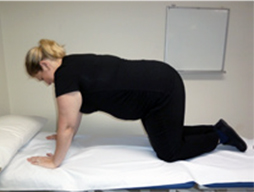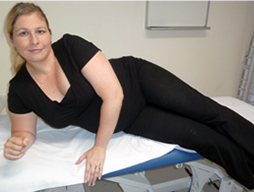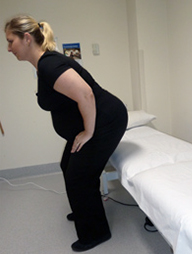Manage abdominal separation after pregnancy

During pregnancy your body releases the hormones to soften your ligaments and abdominal muscles to allow for your growing baby. There is always a small gap between abdominal muscles, but this becomes larger during pregnancy.
An abdominal separation is the widening of the normal 1-2 finger gap between the two sides of the rectus abdominis muscle at the front of the abdomen. It is also known as rectus abdominis diastasis, or RAD.
The majority of women will have an abdominal separation during the third trimester and the early postnatal period.
The following information explains more about abdominal separation, how to check for and measure it after pregnancy, and tips to help you manage and recover.
The following exercises are designed to strengthen and tone the muscles that have been stretched by pregnancy and childbirth.
You can start these exercises in the first few days after giving birth. If you had a caesarean, wait until 6 days before starting. These exercises can be seen on the FSH intranet on your bedside TV.
|
|
Pelvic tilts
|
|
|
|
Bent knee drops
|
|
|
|
Heel slides
|
|
|
|
Clams
|
|
|
|
Bridging
|
|
|
|
Arm/leg lift
|
|
|
|
Neutral spine
|
|
|
Roll onto your side
|
|
|
|
Standing up
Reverse this routine to get back into bed. |
 If you have had a caesarean birth, please wait 1 week before measuring.
If you have had a caesarean birth, please wait 1 week before measuring.
- Lay on your back, with your knees bent and slightly apart, and relax your head onto the bed.
- Place the fingers of one hand at your belly button and rest the other on the thigh of the same leg
- Move the hand resting on your thigh up your leg as you bring your head off the bed (see photo).
- Let the fingers at your belly button feel how far apart the muscles have separated at your abdomen. You should feel two ridges of muscle under your fingers when your abdominal muscles contract.
If the gap is more than 5 fingers width, please contact the physiotherapist on 6152 9486 or email fsfhgphysiotherapygenderhealth@health.wa.gov.au
Early exercise for abdominal separation
Advanced exercises for abdominal separation
Do not perform these without clearance from a medical professional or your physiotherapist. Monitor for symptoms of pelvic floor issues.
More information
Find out more about physiotherapy after pregnancy, caring for you after birth, or return to the Maternity page.



